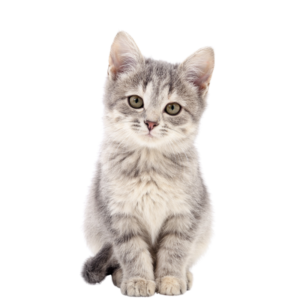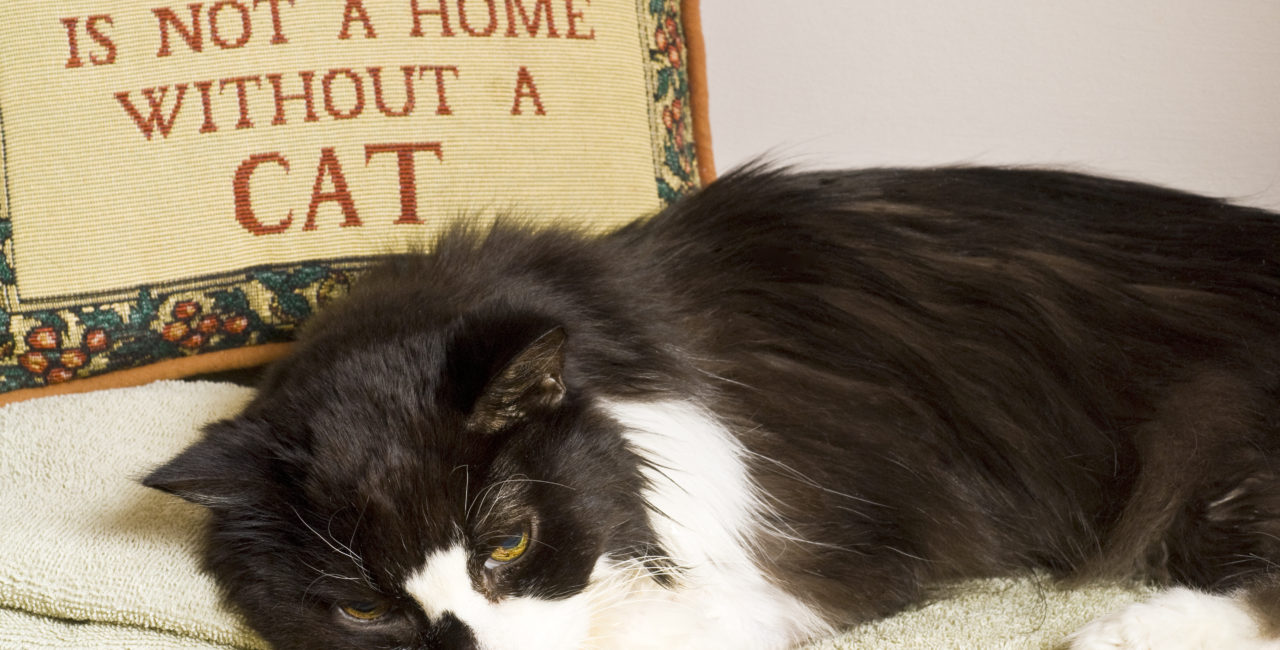What is Feline Hypertension?
Hypertension, or high blood pressure, is typically thought to be a Doppler reading of 160mmHg or higher.
What happens if my cat is hypertensive?
Many cats will have no symptoms at all. A major side effect of consistently high blood pressure is blindness. It may seem like your cat suddenly bumps into objects or walks along the walls to get around. Hypertension can also cause seizures and stroke-like activities. A few cats may even suffer from sudden collapse.
When hypertension is detected, the veterinarian will want to investigate the cause of elevated blood pressure. This can be done with a blood test screening for kidney disease and hyperthyroidism. When the kidneys are functioning properly, they possess a mechanism to detect low blood pressure and send a message to the heart to increase the pressure to ensure adequate volumes of blood are being pumped through the kidneys to filter the blood. When they are diseased, this mechanism fails, resulting in persistently elevated blood pressure. Treatment of kidney disease is mainly aimed at helping reduce the load on the kidneys and helping with dialysis. This does not necessarily change the signaling ability of the diseased kidney to communicate with the heart and blood pressure may remain elevated. These cats need to be monitored closely and hypertensive medications may be an important addition to the treatment regime.
With hyperthyroidism, metabolism becomes increased and consequently the heart pumps harder and the blood pressure elevates. Treatment of the overactive thyroid aims at reducing the overproduction of thyroid hormone by the thyroid cells. Thus, once their activity is slowed, the blood pressure is also consequently reduced. In these patients, hypertensive medications may not necessarily need to be used.
Some specific breeds (such as the sphynx, maine coon or bengal) are predisposed to heart disease and they commonly have hypertension from an early age. Early screening of blood pressure plus blood testing for heart disease markers coupled with cardiac ultrasound is important in determining if these cats will require life-long heart medications.
How will I know if my cat has hypertension?
Your cat’s blood pressure can easily be measured in the clinic using a device called a Doppler. Just like when you visit your human doctor, a cuff is inflated around your cat’s arm or leg and the Doppler is used to amplify the sound of the pulse located in vessels just below the cuff near their foot. Usually, we will take a few readings to get an average blood pressure measurement. Since cats are normally a little stressed when taken out of their regular routine, we expect the blood pressure to be slightly elevated. The best way to get an accurate reading is to perform the blood pressure measurements right after your cat gets acclimatized to the room and before having a full examination with the veterinarian. Some cats will be more comfortable sitting in the bottom half of their kennel with the top taken off, or some will even sit on their owner’s laps. A blood pressure reading of less than 160mmH




